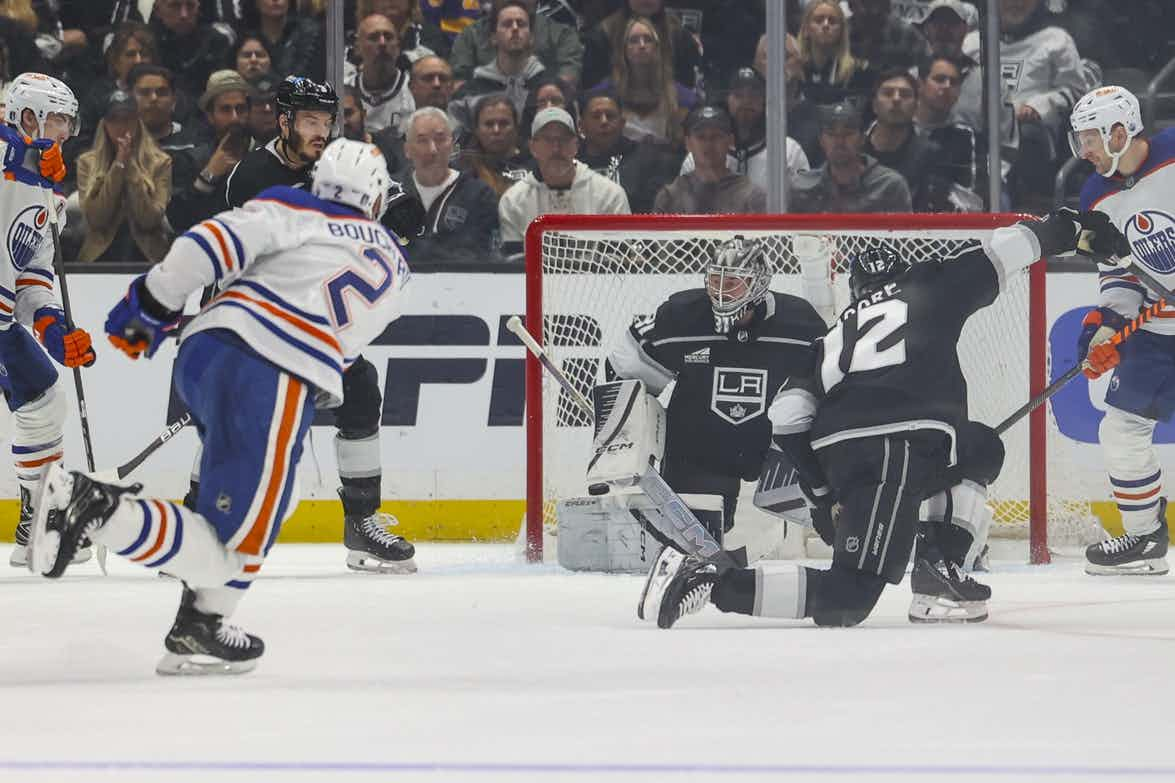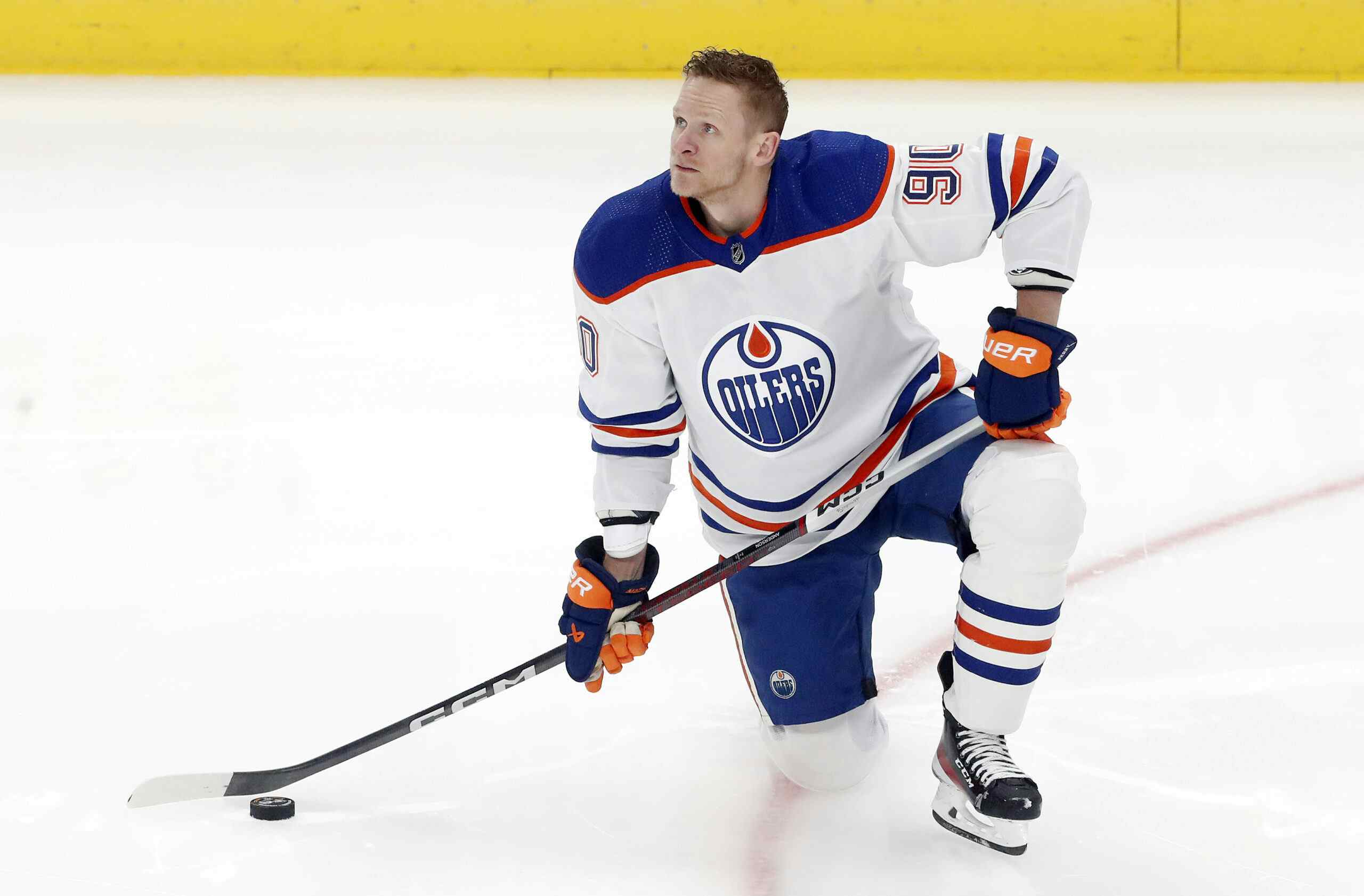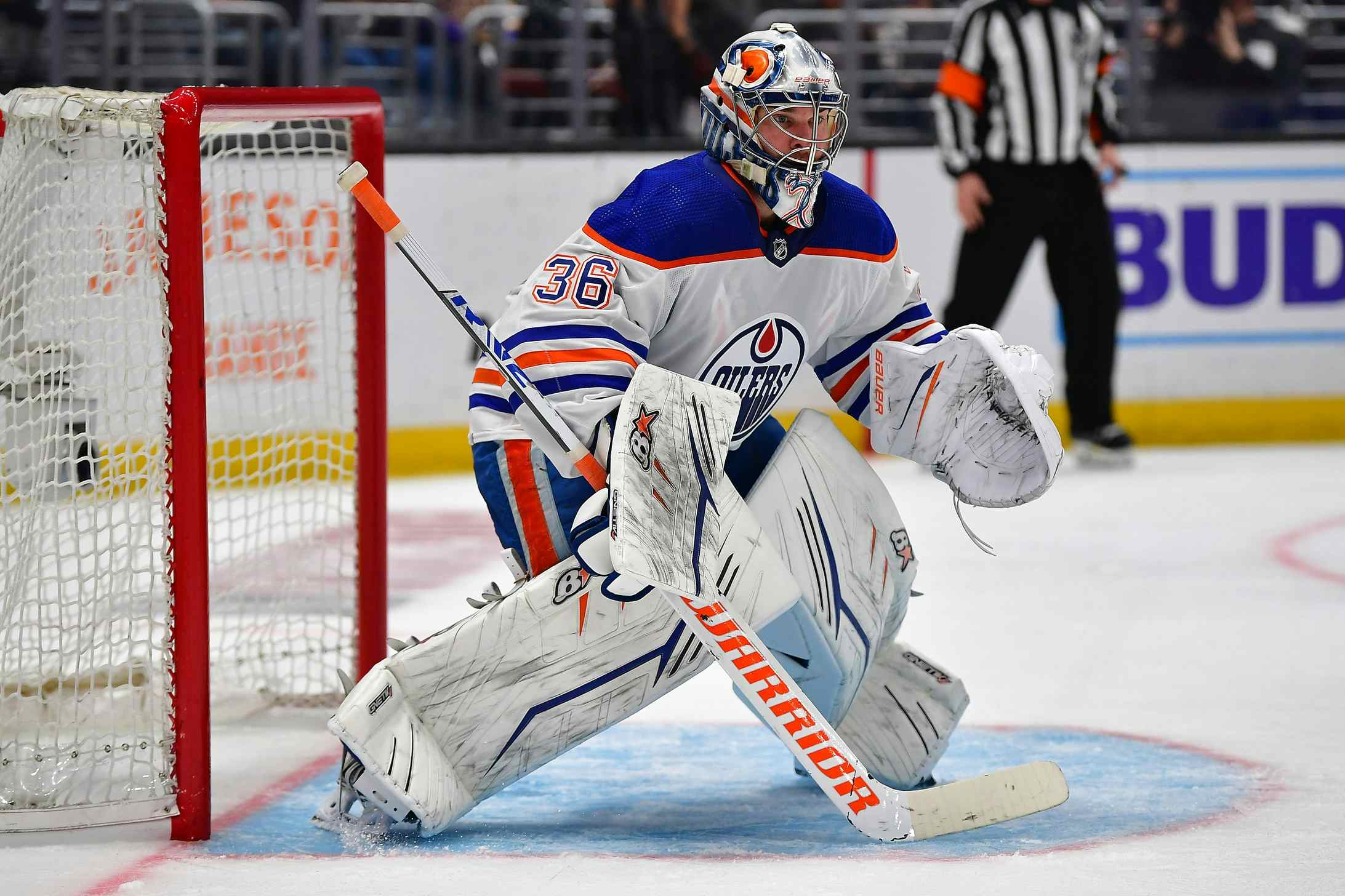Turning Edmonton Into Detroit

Detroit is the gold standard of how to develop prospects
into NHL players. When someone gets drafted into the Red Wing organization, they
are likely going to spend time in the AHL. It’s about patience. It’s
about having a plan. It’s about being responsible. And it’s about time we burst
that bubble.
into NHL players. When someone gets drafted into the Red Wing organization, they
are likely going to spend time in the AHL. It’s about patience. It’s
about having a plan. It’s about being responsible. And it’s about time we burst
that bubble.
I’ve been hearing for as long as I can remember that the Detroit model is the best in the NHL. It’s what the other organizations strive to be
when they grow up. In some ways there’s a lot of lessons to be learned from
Detroit that every NHL franchise should be following themselves.
when they grow up. In some ways there’s a lot of lessons to be learned from
Detroit that every NHL franchise should be following themselves.
I’ve compiled the top three lessons that the Detroit Red Wings
can teach to Edmonton and the 28 other teams who want to find ways to make sure that their
prospects go through the paces in the AHL and really learn their craft before entering the NHL, just like Detroit.
can teach to Edmonton and the 28 other teams who want to find ways to make sure that their
prospects go through the paces in the AHL and really learn their craft before entering the NHL, just like Detroit.
Lesson 1: Stop Drafting Top Prospects
Lesson one is critical to the Oilers and everyone else achieving the goal of making sure all their prospects spend time in the AHL. There’s absolutely no way around it. If the Oilers want to be like Detroit and stop rushing their prospects, they have to stop selecting players in the top half of the first round.
It’s simply too difficult to keep really talented players out of NHL lineups. It’s much easier when they don’t have undeniable skill and size. Sure, Edmonton is rushing players to the NHL, but at the same time those players were generally better than the competition. That happens when you collect first overall picks like you collected Pogs in the third grade.
The Oilers took the top ranked forward in 2010, 2011, 2012, the second ranked forward in 2014, and the top ranked again in 2015. Meanwhile, the Detroit Red Wings haven’t selected a player higher than 15th in the NHL entry draft since Martin Lapointe 10th overall in 1991. Yes, 1991! This Paula Abdul song and music video featuring John Wick star and noted time traveler Keannu Reeves was at the top of the charts the last time the Wings were picking that high.
Does that matter? Well, their highest pick since then was Dylan Larkin in 2014 and he managed to bypass that famous Detroit Red Wing “patience” and step onto their NHL roster this year. And what about top college player Danny DeKeyser. who in 2012-2013 joined the Red Wings and completely avoided the AHL until Detroit’s season was over? He played all of six games “developing” in their minor league system.
No, the lesson is clear: Stop finding the best young players available. The most effective way to do that is to just be very competitive for almost 25 years in a row. We will touch on how to do that in the other two lessons the Red Wings offer us on how to keep kids from playing in the NHL too early.
Lesson 2: Buy Excellence
Sometimes your team isn’t going to be good enough. During those times your franchise, like Edmonton, is going to be pressured into playing young players before their mandatory two AHL seasons. We saw it when Sam Gagner came into the NHL as an 18 year old. He outplayed the competition and won a job. We saw it again with Leon Draisaitl, who didn’t even have anyone to compete with for a job.
When your team isn’t quite there, the Red Wings have taught us to just buy your way out of it.*
Detroit was the laughing stock of the NHL during the early to mid-80’s but by the mid-90’s had morphed into a good team with wealthy ownership. By the late 90’s they were ready to win Cups and did so back to back in 1997 and 1998. Those teams were damn good and well compensated. The salary listed below doesn’t even consider the money paid to Scotty Bowman, the greatest coach in the history of the NHL.
In 1998-99 the average NHL payroll was just shy of 30 million dollars. Detroit was spending 48 million dollars.
In 1999-2000 the average NHL payroll was a little more than 31 million dollars. Detroit was spending 43 million dollars.
Rather than see their team fall back to Earth in the early 2000’s the Red Wings crushed the rest of the NHL by flexing that sweet, sweet pizza money in free agency. They traded for the 8 million dollar contract of Dominik Hasek, added Luc Robitaille, and signed Brett Hull.
The average NHL payroll in 2001-2002 was just shy of 42 million dollars. Detroit was paying a gaudy 66 million dollars.
There’s a surefire way to make sure you don’t have to play any kids in important roles — it’s to pay 50% more than the rest of the league to fill your team with All-Stars.
*What’s a Salary Cap?
Lesson 3: Draft European Superstars Late
Here’s the tricky part. Not drafting the best available prospects in the NHL Entry Draft is easy if you’re already a good team that isn’t an embarrassment to the city you reside in and the NHL in general. All it takes is not being terrible. Paying for talent is incredibly easy if you’re already a winner and have unlimited Hot ‘n Ready money to spend on free agents.
The hard part of the Detroit Model to replicate is the part where they draft superstars but aren’t forced to play them before they’ve gained professional experience. There’s really only one way to do it, and that’s by taking these European megastars as kids late in the draft when only you know they will turn into 15-20 year NHL players, allowing them to get ready overseas, then AND ONLY THEN placing them on your roster.
This is vital to the Detroit model. The whole system falls apart if the team didn’t draft Federov and Lidstrom in the third and fourth round of the 1989 Entry Draft and then roughly a decade later take Datsyuk 171st Overall in 1998 and Zetterberg 210th in 1999.
If the Red Wings didn’t do those things then the whole backbone of their organization would have fell to pieces. They’d would have had nothing, started to lose, then had to do horrible things like draft high and play kids like some sort of horrible NHL franchise like Edmonton.
The really important part is making sure that these relative nobodies, who could have been selected at any time by the other clubs many times over, are European. This allowed the club to keep them in the system without bringing them over to North America and being tempted to play them quickly. It’s important to note that none of those players ever played a minute in the AHL. The second they came to North America they were NHL players.
It’s even preferable to make sure that you draft these players from countries behind the Iron Curtain where they were treated like prisoners in a work camp from the time they were children. The Red Wings didn’t have to worry about playing Federov until he defected from the Soviet Union after four seasons there. Lidstrom played three seasons in the SEL. Datsyuk played four years in Russia, Zetterberg a couple seasons in the SEL too.
Detroit without these players isn’t much of a development model, unless you’re a huge Justin Abdelkader fan.
REVIEW
That’s it. Three simple rules to be just like the Red WIngs, the standard for NHL development. All you have to do is draft second tier NHL prospects outside of the top half of the first round or outside of the first round altogether. Then you have to spend untold millions on the best coaches and players in the league so you never have to stop being good or find yourself in a position where you have a hole in your lineup that has to be filled with an inexperienced kid. Finally, you have to make sure those second tier kids you do draft turn out to be NHL All-Stars who develop in the best non-NHL leagues in the world.
It really couldn’t be any easier to do and makes perfect sense to replicate in the current environment of the NHL. All Edmonton needs to do is be good for more than two decades, not have to comply with the salary cap, and make sure to draft three or four of the best players in their eras in the third round or later.
Recent articles from Matt Henderson





